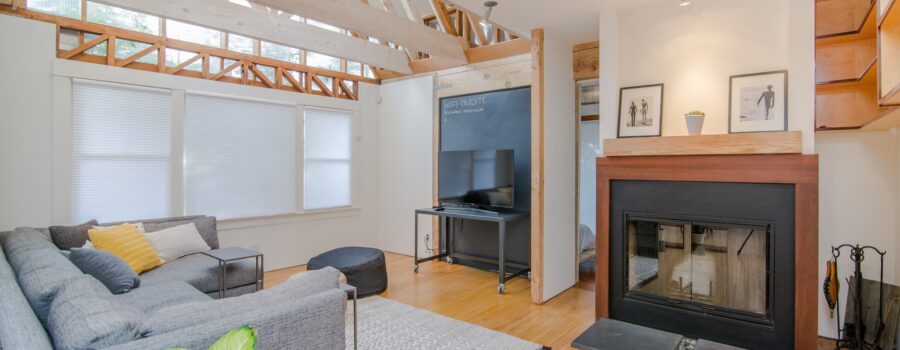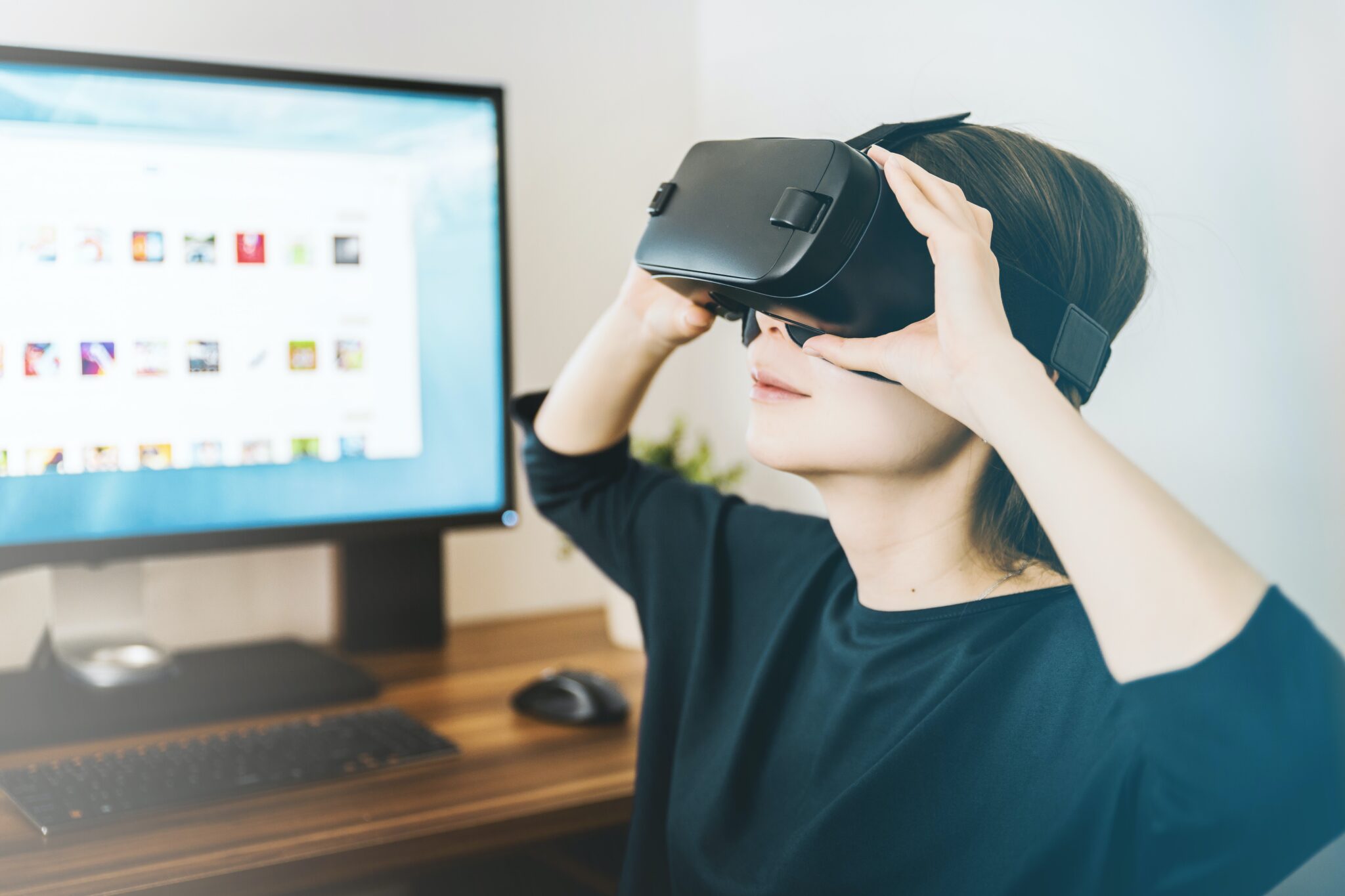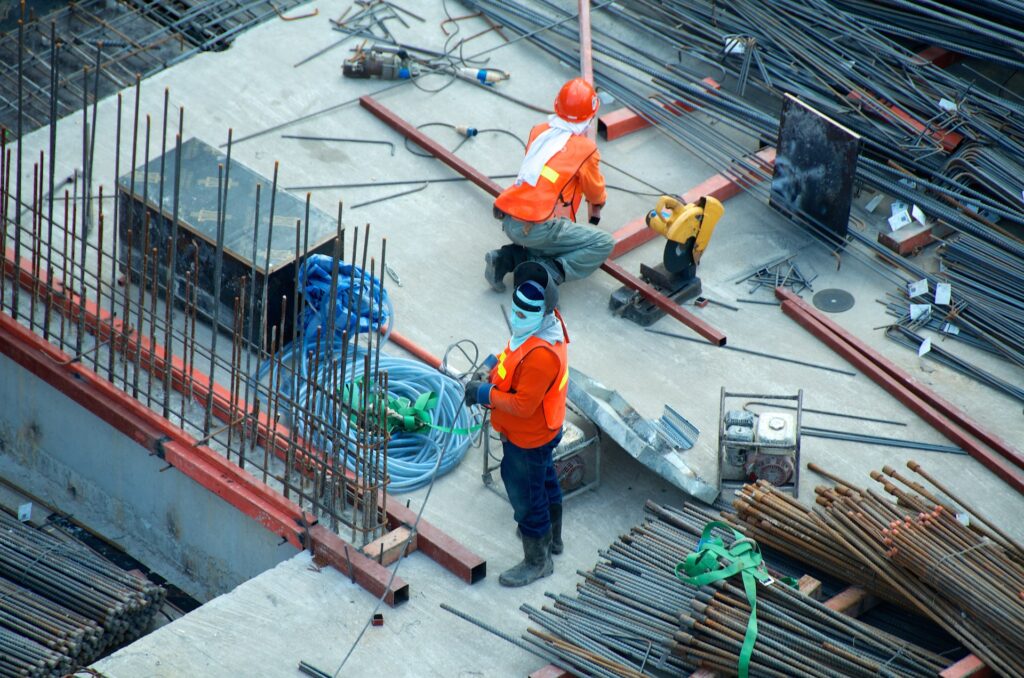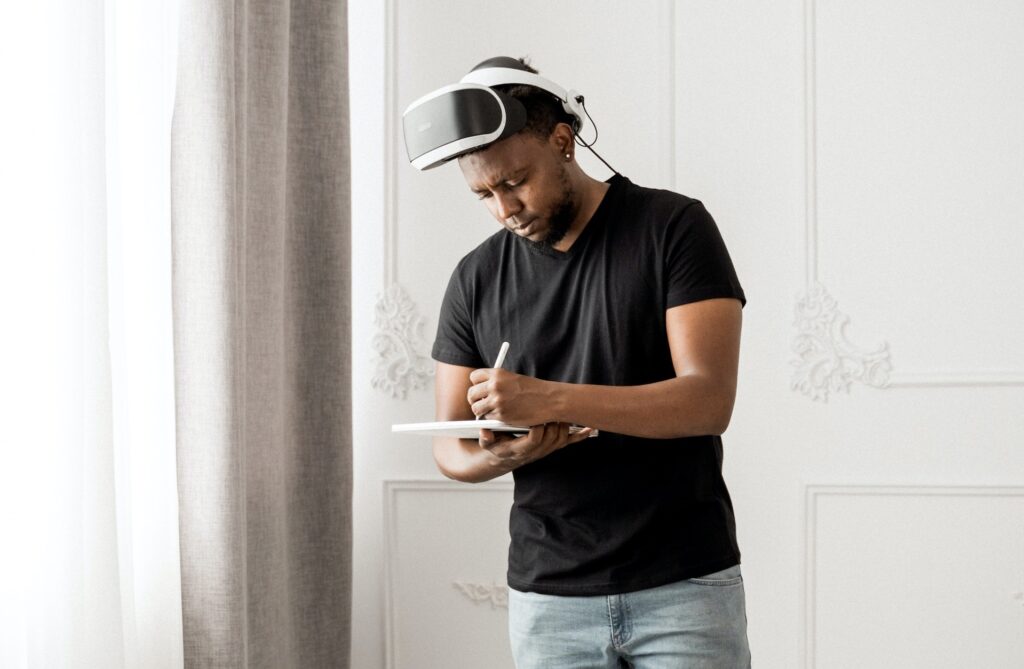
Social Distance Permit Processing Solved by Remote Visual Inspection
Immediately after the COVID-19 pandemic began, it became increasingly difficult to perform home inspections. Because of the social distancing mandates at the time, obtaining approvals for in-home inspections was nearly impossible. The social distancing guidelines also made it difficult for developers to obtain the necessary permits they needed from building departments, which meant that construction slowed considerably.
While permit processing slowed after COVID-19 started, there were already remote inspecting solutions in place to help reduce the amount of time developers would need to wait to obtain a permit. Despite the availability of these solutions, some building departments have been slow and hesitant to formally adopt this technology.
Over time, more and more municipalities have accepted remote and virtual inspections, which is largely the result of the ample benefits these inspections provide. It’s expected that more utilities and building departments will begin adopting these technologies in the months and years to come.
Even before the COVID-19 pandemic began, professional inspectors working for local building departments were becoming overwhelmed from all the work they needed to perform, which resulted in many of these professionals working overtime. Remote visual inspections offer cost and time benefits that no one should ignore. The following article provides an in-depth look at how remote visual inspections have solved the issues of permit processing in the age of social distancing.

Why are Visual Inspections Required?
Agents are required to inspect properties as a result of a lawsuit that occurred in 1984, which was known as the case of Easton vs. Strassburger. The lawsuit ended up clarifying the disclosure obligation that brokers or agents had.
This case states that real estate brokers who are acting as agents have a duty to the buyer to disclose details about the property that could affect its desirability and value. The agent also has a duty to perform a diligent and competent inspection of the property. Because of this lawsuit, buyer and listing agents are now legally required to provide disclosures of any known issues in a home or building.
These inspections are approved by the agent or the agent’s brokerage firm, which allows buyers to gain a better understanding of what a home’s true value is. Sellers can also gain a better understanding of what a home should be listed at once their agent walks through the property.
What is the Difference Between an Inspector and a Realtor or Licensee?
There is a substantial difference between an inspection done by a realtor and one that’s performed by a professional inspector. When looking through a home, real estate agents search for a wide range of different red flags or issues with desirability. These problems can be identified with a basic walk-through of the property.
In comparison, inspectors want to determine if the numerous systems throughout the home are operating as intended. They will also identify if any structural issues exist in the home. The knowledge that home inspectors have exceeds the knowledge of a real estate agent in regards to the issues that could be affecting the systems or structural components of a home. Buyers will benefit from receiving information from both of these sources.
Keep in mind that inspectors don’t take note of issues that could affect the resale value of the property unless the issue relates to a structural problem. For instance, an apartment building being situated just across from a home won’t make a difference to the inspector even though this could affect a property’s resale value.

What is Remote Virtual Inspection?
Even though many of the restrictions introduced by the COVID-19 pandemic have since been lifted, remote virtual inspections are still being widely used. Whether the inspection is a basic home inspection or a worksite inspection that occurs during the construction process, remote virtual inspections are an efficient way to look through a property and assess its condition.
These inspections are performed by a remote technical expert who is using telecommunications programs with the assistance of a contractor or homeowner at the inspection site. Location isn’t an issue, which means that the inspection can technically be performed by someone who’s in a different state.
Remote Site Inspection
Remote site inspections involve the verification of the safety and quality of a worksite. These inspections require accurate identification. Documentation of any health and safety hazards and violations must also be gathered. These inspections must be approved by the local building department.
In order for the inspector to connect to the site remotely, someone on the site needs to have a working phone or tablet that’s fully charged. The site should also have working WiFi. Make sure that the most important features of the construction site are visible to the inspector.

Virtual Home Inspection
Virtual home inspections are just like virtual site inspections with the main difference being that they only apply to residential homes. A professional inspector can use virtual technology to confirm that the home is safe to live in and that the systems throughout the home are in good working condition.
While the virtual inspection is ongoing, the inspector will look for safety hazards, which can involve anything from mold to rotting beams. Along with the inspector, it’s possible for the buyer and buyer’s agent to attend the inspection. Once this process has been performed, the inspector will write a report that details all of their findings.

How Does Remote Virtual Inspection Work?
In recent years, remote virtual inspections have been simplified and perfected with the advancement of technology. Since the COVID-19 pandemic began, these inspections have become standard throughout the industry. When the technology first started to be used, video conferencing apps like FaceTime and Zoom would be used to connect the inspector to the contact at the property.
The inspector would then inform the contact on what areas of the home should be focused on. Recent advancements to this technology allow the inspector to control their view of the site based on interactive panoramic photos that have been uploaded to the software. The remote inspector can work alongside the buyer to look at the property.
Standard Remote Inspecting Process Using Apps
As touched upon previously, the latest advancements to virtual home inspections gives the inspector the opportunity to look at panoramic photos of the property while performing the inspection. This solution makes it easy for the inspector to tour the entire property and navigate to the exact room or area that they’re interested in.
Some of the remote apps that have been designed for home inspections won’t submit details of the inspection until the necessary data has been captured. Once this info has been submitted, the inspector can review it directly from a computer. The local building department can also keep the info on file.
Installer Benefits
The use of virtual inspections apps can be highly beneficial to the developer or installer who needs to begin work on a project. The app gets rid of the need to stop production while waiting for the inspector to arrive at the site in question. Any corrections that are needed on the property can be repaired, photographed, and submitted to the app in an efficient manner, which means that an issue with the inspection shouldn’t cause lengthy building delays.
In the event that issues are found at the site after it’s been completed, the data that has been captured from the installation can be thoroughly reviewed to identify the rot cause of the problem. These apps also provide installers with the means of making sure that contractors performing their work properly and meeting the necessary standards.
5 Benefits of Remote Visual Inspections
There are many benefits of performing remote visual inspections that businesses can take advantage of, which include everything from reduced costs to lower carbon emissions.

1. Reduced Costs
Along with reducing travel costs, these inspections get rid of the need for regular site access, which should substantially reduce construction delays and save money. Stakeholders, inspectors, and architects will have easy access to the site without needing to travel there.
2. Increased Productivity/Sales
Remote visual inspections allow for increased productivity and sales. These inspections can technically be performed at any time and from any location, which means that they don’t need to be scheduled weeks out from the date of the inspection. The report should also be delivered quickly after the inspection takes place.
3. Business Continuity
Remote visual inspections provide a certain level of business continuity, which was disrupted considerably by the COVID-19 pandemic. Being able to integrate remote work into your business operations makes it more likely that your business will succeed in the coming years.
4. Increased Accountability and Quality Assurance
These inspections provide increased quality assurance and accountability. When performing one of these inspections, consistent documentation will be created, which makes it easier to keep track of results. If ever clients or stakeholders require access to the inspection data, these documents can be referenced without issue.
5. Reduced Carbon Emissions
The Environmental Protection Agency has stated that nearly 30% of all greenhouse gas emissions are caused by transportation, which means that any reduction in transportation will help the environment.
Using remote visual inspections allows you to lower your carbon footprint by reducing travel and enhancing your operating practices. The only thing a site requires for a remote virtual inspection is reliable WiFi.
Remote visual inspections have effectively transformed the inspection industry by reducing the amount of time it takes to complete an inspection. In turn, costs are lowered and a higher number of inspections are able to be completed. All that’s needed is a reputable virtual inspection or video conferencing app to take advantage of the many benefits this technology provides.

Jason Somers, President & Founder of Crest Real Estate
With over 15 years of professional experience in the Los Angeles luxury real estate market, Jason Somers has the background, judgement and track record to provide an unparalleled level of real estate services. His widespread knowledge helps clients identify and acquire income producing properties and value-ad development opportunities.
Learn more about Jason Somers or contact us.



